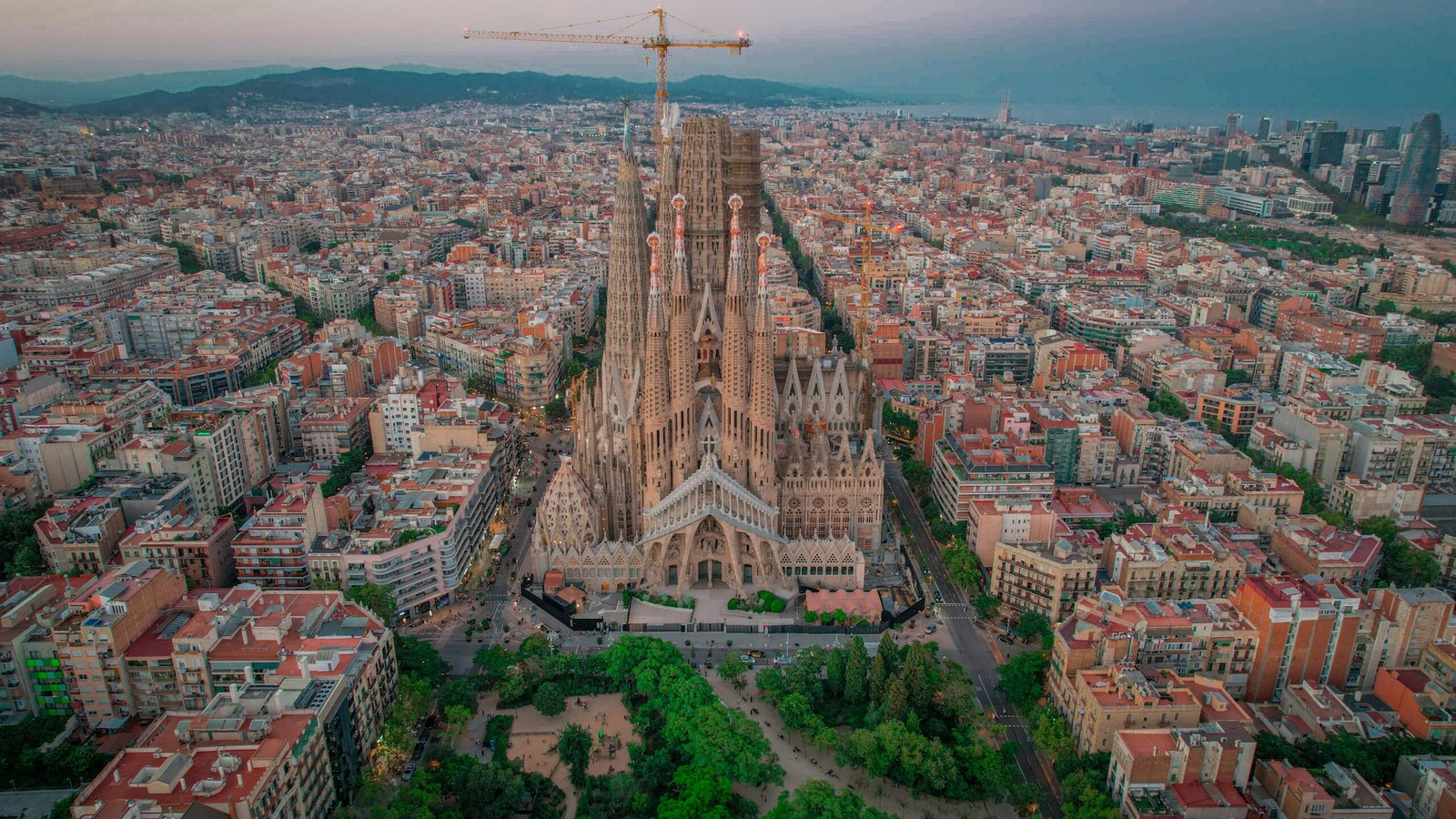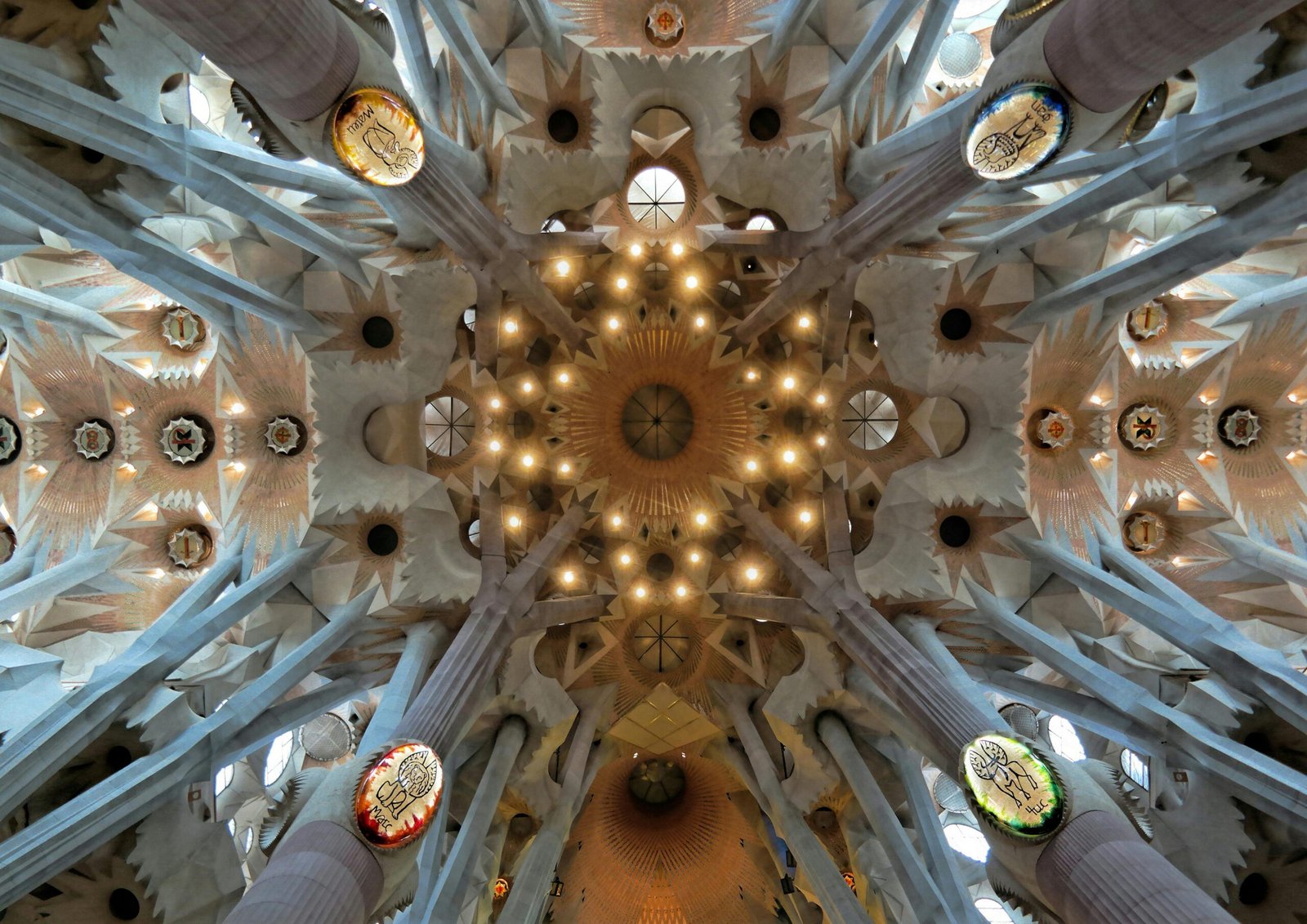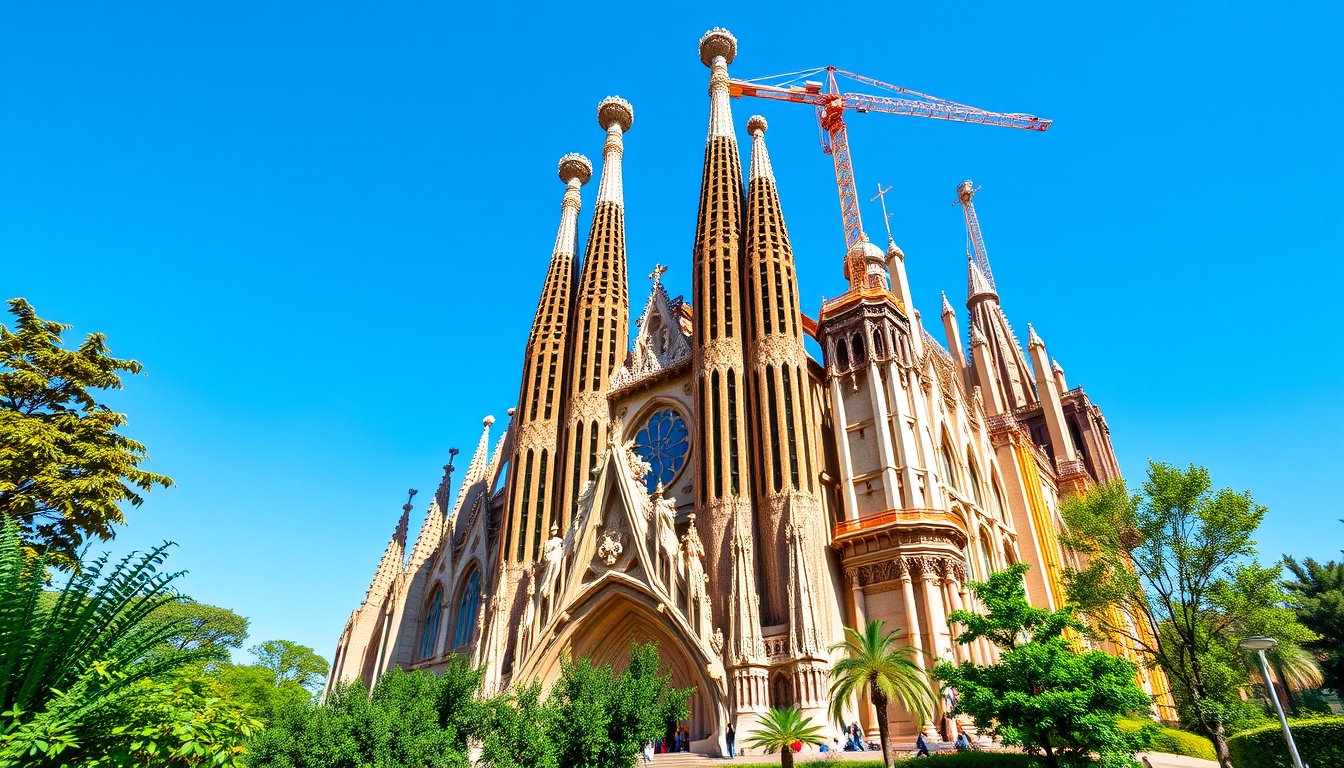La Sagrada Família, the iconic basilica in Barcelona, stands as a testament to the genius of Antoni Gaudí and the passion of countless artisans who have worked on its construction since
1882. This architectural marvel, combining intricate design with deep spiritual significance, continues to capture the imaginations of millions worldwide. As the centenary of Gaudí’s vision approaches, recent updates suggest that La Sagrada Família is poised for a significant milestone, with expectations to complete its main structure by
2026. This article delves into the current state of construction, the unfolding controversies surrounding future developments, and the innovative funding strategies that help sustain this monumental project.

Key Takeaways
- La Sagrada Família is set to be completed in 2026, 144 years after construction began.
- The final major element, the Tower of Jesus, will make it the tallest church globally at 172 meters.
- Controversial plans for a new entrance may delay final touches until 2034, despite meeting Gaudí’s original design.
Completion Goals for 2026: The Last Stages of Construction
La Sagrada Família in Barcelona, the architectural masterpiece designed by the renowned Antoni Gaudí, is on track for completion in 2026, a significant milestone that will mark 144 years since construction first commenced in
1882. Esteve Camps, the president of the construction board, recently confirmed that the budget necessary for finalizing this iconic structure is secure, largely supported by a resurgence in ticket sales following the pandemic. A pivotal aspect of the remaining work is the Tower of Jesus, which is set to soar to an impressive height of 172 meters, positioning La Sagrada Família as the tallest church in the world.
However, while the main structure is projected to be completed by 2026, additional plans, particularly a new entranceway that plans to include the demolition of adjacent buildings and homes, could potentially extend the overall completion timeline to as late as
2034. This entranceway, intended to mirror Gaudí’s original vision, faces challenges and scrutiny from the Barcelona City Council, which plays an essential role in approving such modifications.
The tumultuous history of La Sagrada Família’s construction has been marked by numerous interruptions, including the tragic passing of Gaudí in 1926, the disruptive events of the Spanish Civil War, and ongoing financial limitations. Today’s progress is buoyed by international donations and ticket revenue, firmly establishing La Sagrada Família as one of the most photographed landmarks in Barcelona. Renowned for its distinct Catalan modernist style, the basilica was declared a UNESCO World Heritage site, and it continues to evoke a spectrum of opinions regarding its innovative design and impact on the cityscape.

Controversies Surrounding Future Developments and Funding
The controversies surrounding the future developments of La Sagrada Família extend beyond architectural aesthetics and delve into broader urban planning issues. The proposed new entranceway, designed to enhance visitor access and align with Gaudí’s initial intentions, has sparked heated debates among community members and city authorities alike. Critics argue that demolishing existing structures for this purpose would disrupt the local neighborhood’s integrity and historical context. Supporters, however, maintain that this addition is vital for preserving the basilica’s legacy and accommodating the increasing influx of tourists. This tension highlights the delicate balance between honoring Gaudí’s visionary work and addressing the contemporary needs of Barcelona’s urban environment, which continues to evolve amidst growing public interests and conservation priorities.




